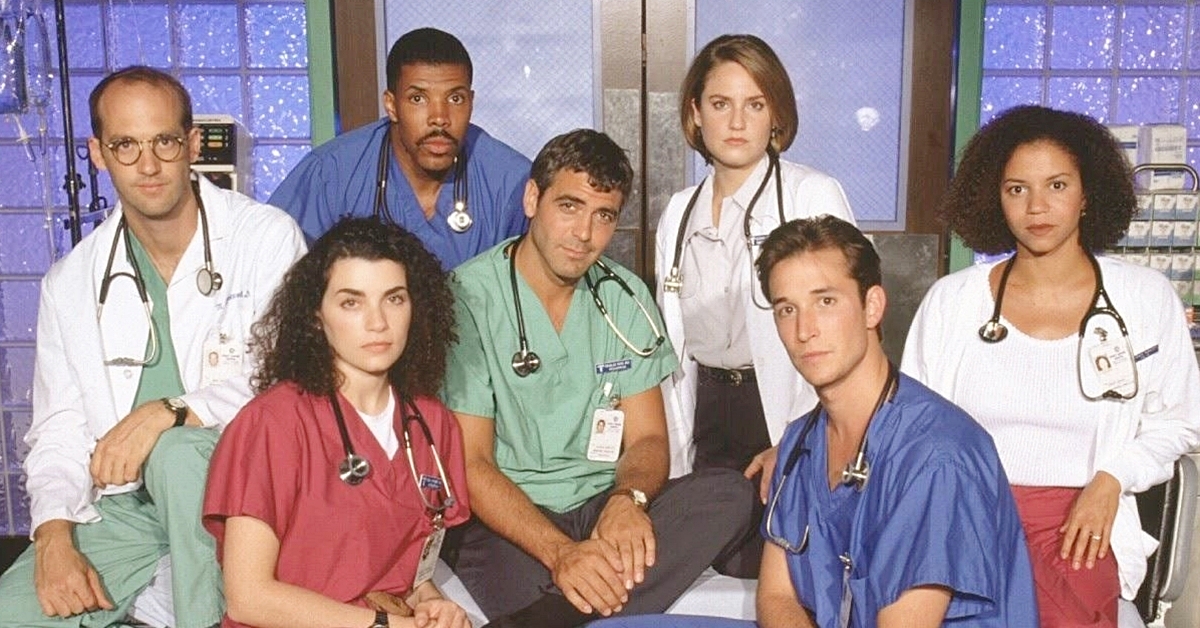Running for a total of 331 episodes over a whopping 15 seasons, ER is one of the most popular dramas ever to hit our TV screens. With a fantastic cast, many of whom have gone on to become extremely well known and respected actors, producers and directors, ER never failed to have us on the edge of our seats during its 1990s heyday, and we’re confident that many of you were also massive fans.
Featuring an original cast of George Clooney as Douglas ‘Doug’ Ross, Anthony Edwards as Mark Greene, Noah Wyle as John Carter, Sherry Stringfield as Susan Lewis, Eriq La Salle as Peter Benton and Julianna Margulies as Carol Hathaway, ER may have dipped in quality as the years went on, but we’ll never forget how addicted to it we were when it was in its heyday. Below are 20 things you might not have realised about this legendary US medical drama.
20. It was originally meant to be a film rather than a TV show
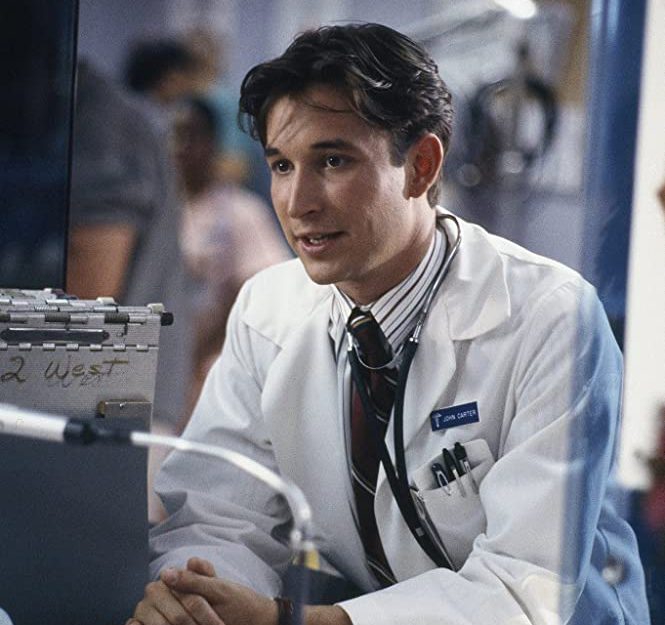
Given that ER ran for so many seasons, and resulted in such a huge amount of episodes, it’s hard to imagine that it was originally supposed to take the form of something just two hours long.
[rtk_adunit_top]
It’s true that ER was originally envisioned as a movie, with much more condensed character arcs and a documentary-style approach.
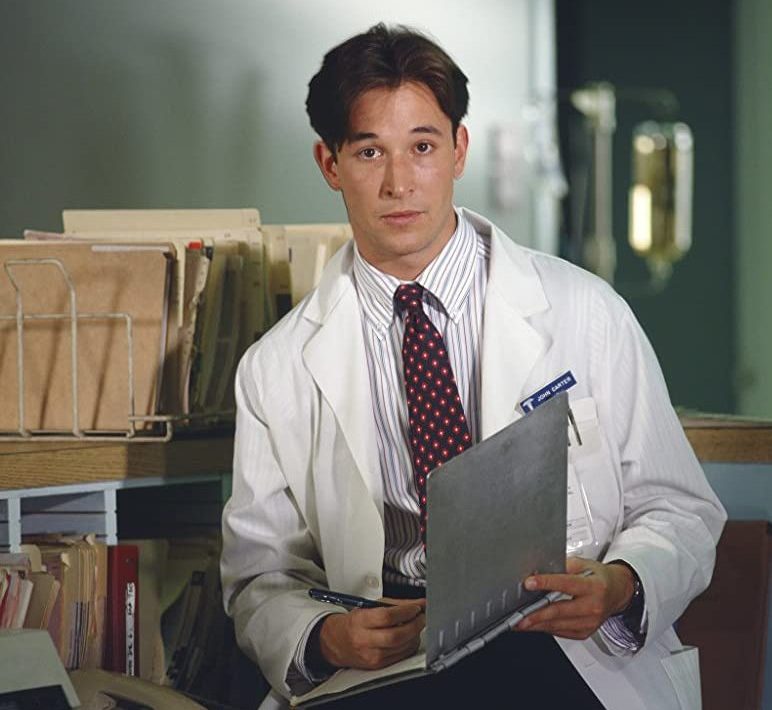
The original idea for ER came from best-selling novelist Michael Crichton, who had written a film script based on his time at Harvard Medical School.
[rtk_adunit_middle]
The character John Carter, who if you remember began the show as a medical student, was based on Crichton himself.

The reason for the switch is that movie studios found the idea too chaotic, technical and fast-moving – even with proposed director Steven Spielberg at the helm.
[rtk_adunit_bottom]
The script was apparently shelved for two whole decades because of this, until it was reworked as a TV pilot.
19. It got green-lit because of Jurassic Park

ER could have languished in the archives as an unmade movie forever, but one very specific thing changed Crichton’s luck forever.
[rtk_adunit_top]
His novel Jurassic Park was adapted into a massively successful blockbuster, one which garnered huge acclaim and changed the landscape of studio movies forever.

After Crichton’s Jurassic Park novel was adapted, he was able to tempt Steven Spielberg into signing on as one of ER’s producers.
[rtk_adunit_middle]
This star power attracted the attention of NBC, who initially green-lit the project as a two-hour film, but eventually made the decision to stretch the script into the show’s first six episodes.
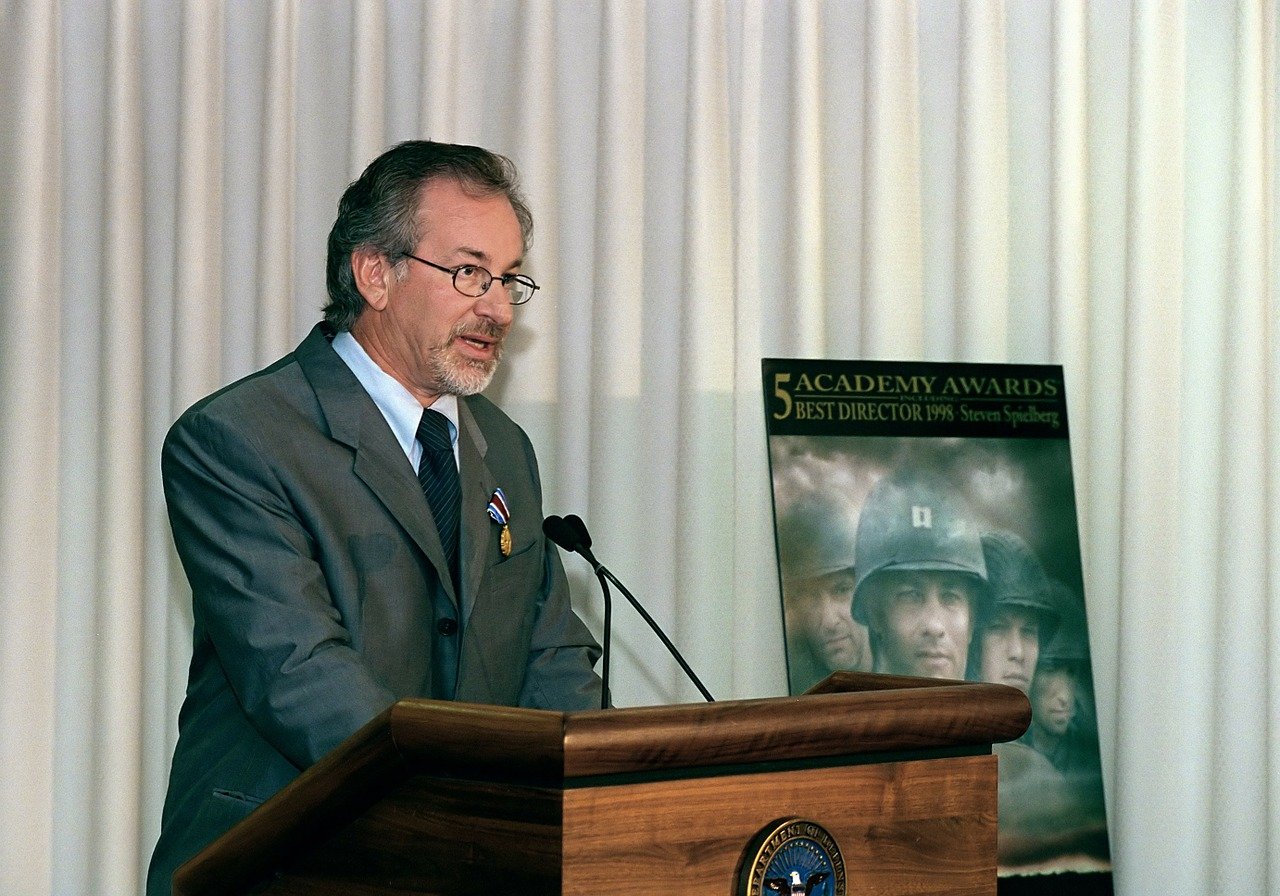
If it wasn’t for the name recognition of both Spielberg and Crichton, it’s unclear if the show ever would have been made, either in movie form or as a TV show.
[rtk_adunit_bottom]
Crichton’s eventual success getting ER made means he’s one of the very few individuals who have found success in the worlds of literature, TV and film.
18. George Clooney begged producers for an audition
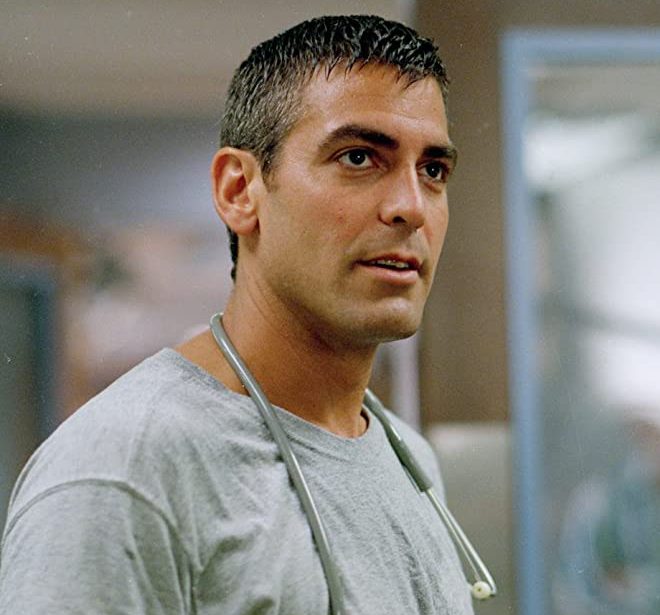
There’s no doubt about it: George Clooney is today one of the biggest names in Hollywood, with numerous accolades to his name as well as certified heartthrob status.
[rtk_adunit_top]
Clooney’s huge success makes it hard to remember that he was once an unknown and struggling actor with very few credits to his name, but it’s true.
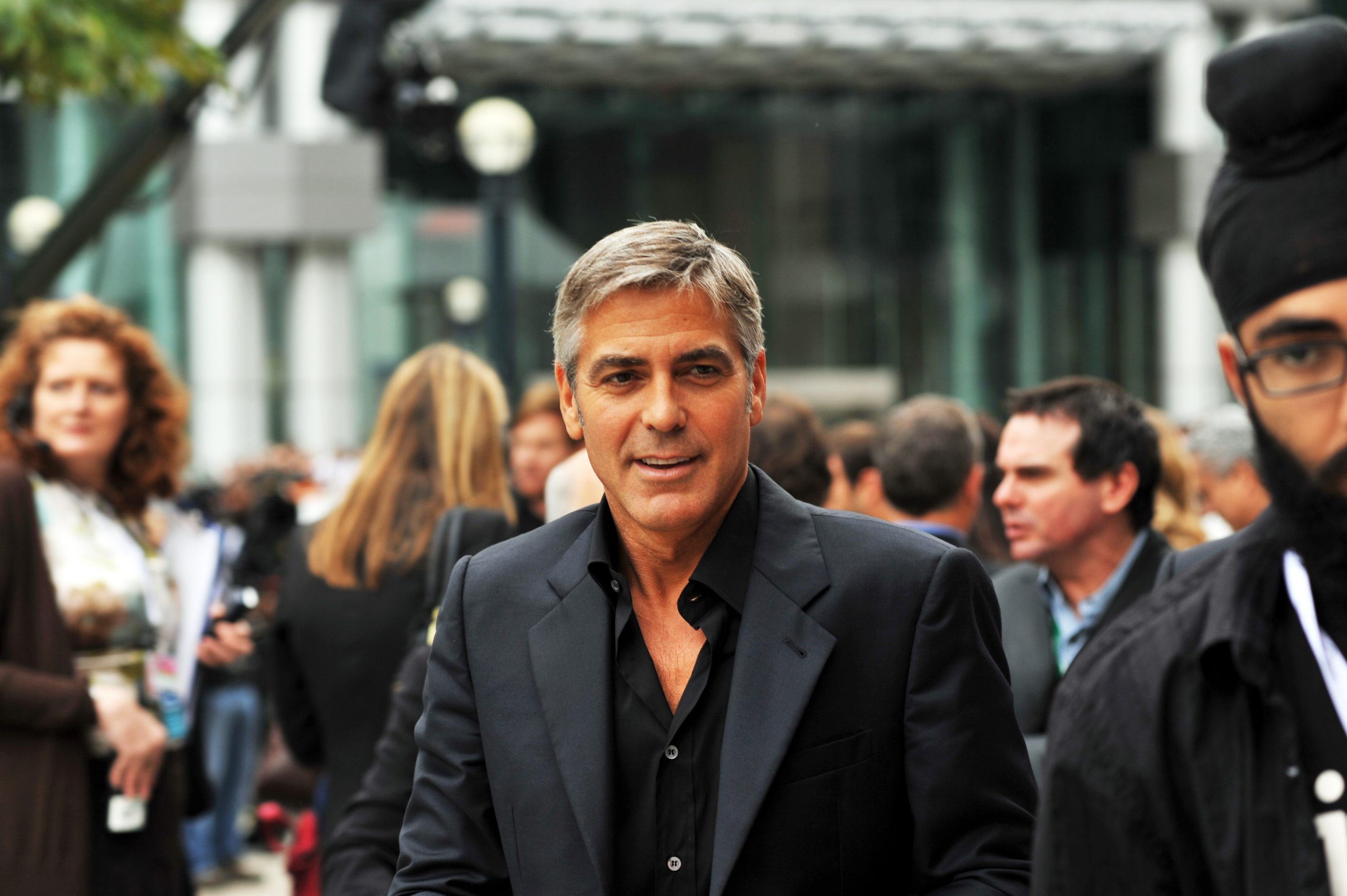
Back in the early 1990s, Clooney was only known for starring in a handful of failed TV pilots, and was still on the lookout for his big break.
[rtk_adunit_middle]
This meant that Clooney was desperate to be part of a successful show, and in the words of ER’s producer John Wells “showed up and wouldn’t leave until I’d let him audition.”
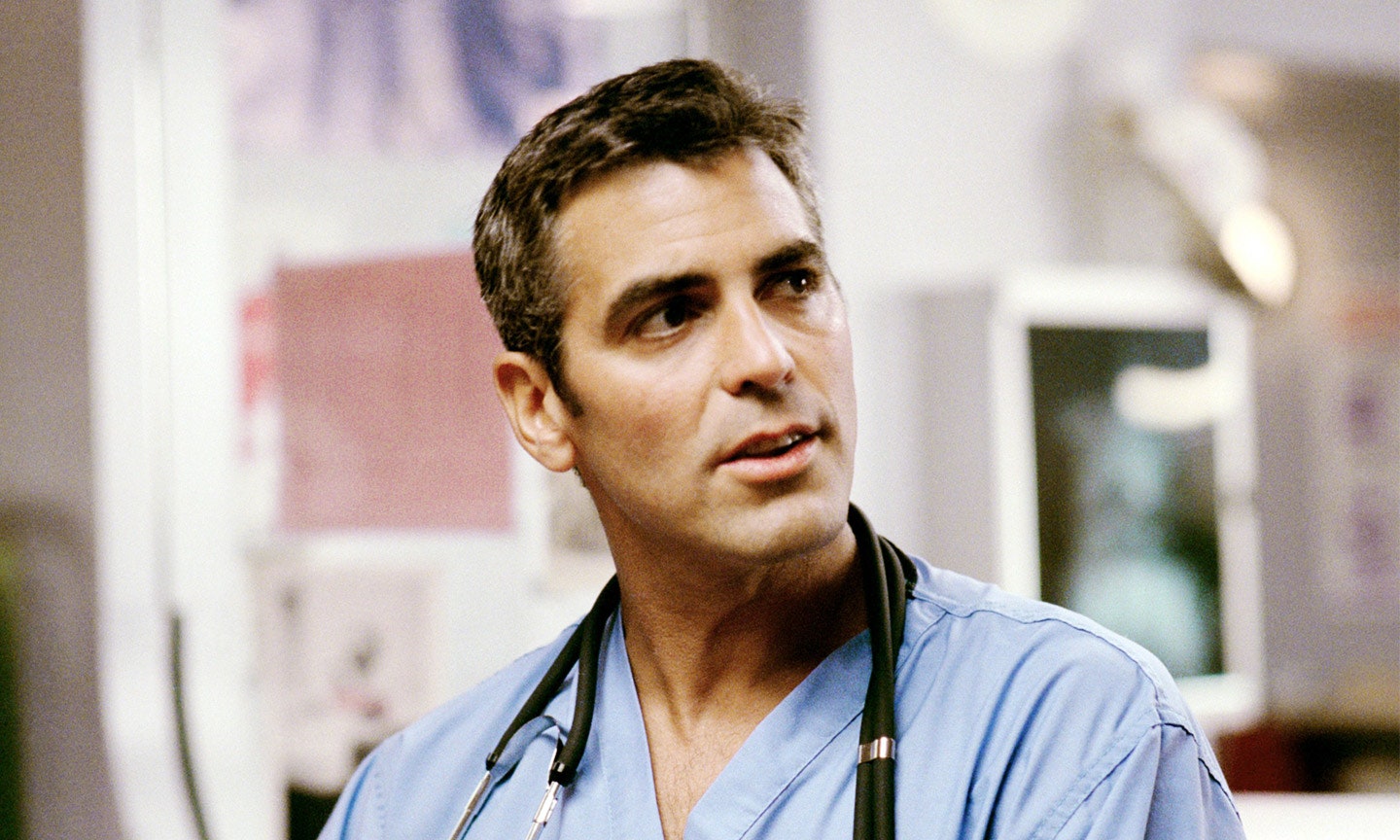
Clooney was right to pursue being on the show with such enthusiasm, since ER proved to be such an immediate hit.
[rtk_adunit_bottom]
Not only that, but Clooney himself soon became much beloved by fans, and even found enough success to move onto bigger projects.
17. It was originally written that Carol Hathaway would die in the first episode
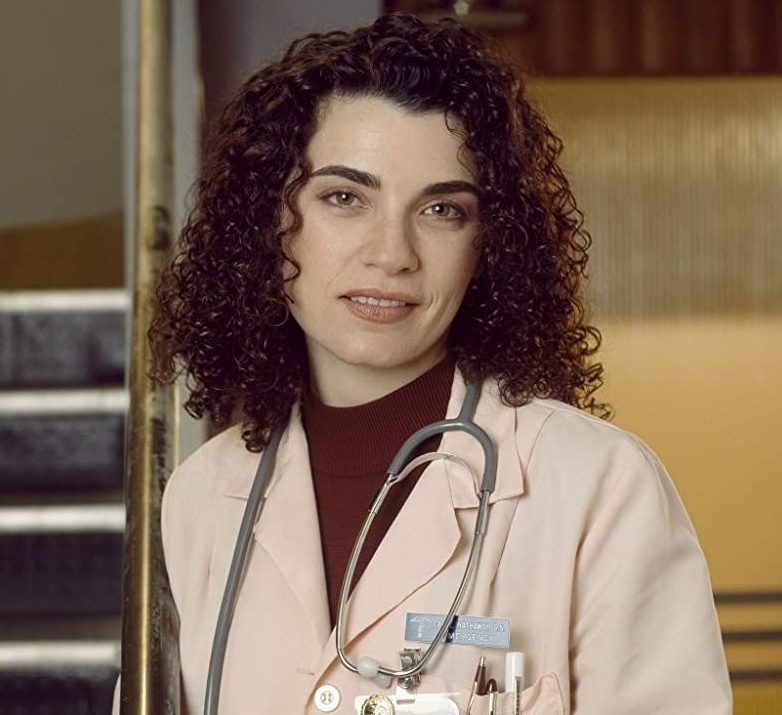
ER’s pilot episode features a shocking twist, in which nurse Carol Hathaway, played by Julianne Margulies, attempts to end her life.
[rtk_adunit_top]
However, as intense and scary as that scene is, it was dialled down from the original version, which had Hathaway die of an overdose.
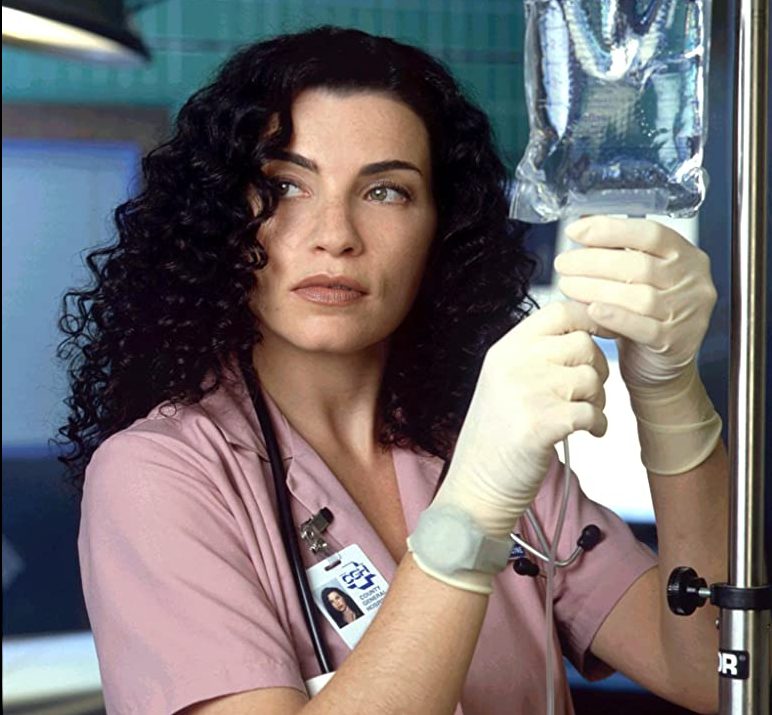
The change happened when the pilot was screened to test audiences, who adored the character of Hathaway.
[rtk_adunit_middle]
Viewers especially loved the chemistry Margulies had with George Clooney’s character Doug Ross, and wanted her to stick around so the two could continue to play off each other. The studio relented.
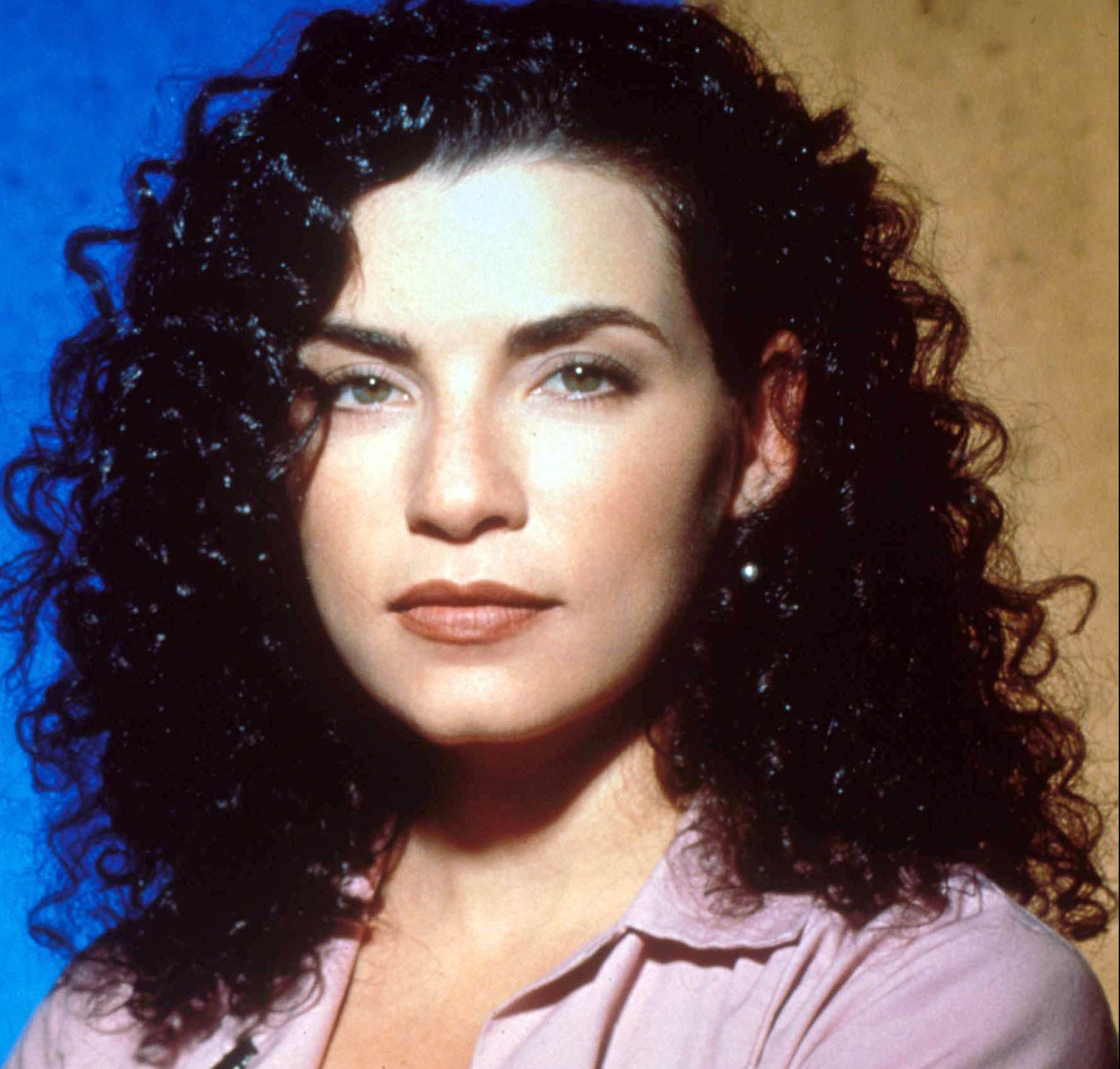
Despite the change, Margulies is still credited as a guest star in the first episode, rather than a regular cast member.
[rtk_adunit_bottom]
Margulies ultimately didn’t stick around for the whole of the show’s run, however, as the actress left to pursue other opportunities once season six ended.
16. Only the first episode was filmed at a real hospital
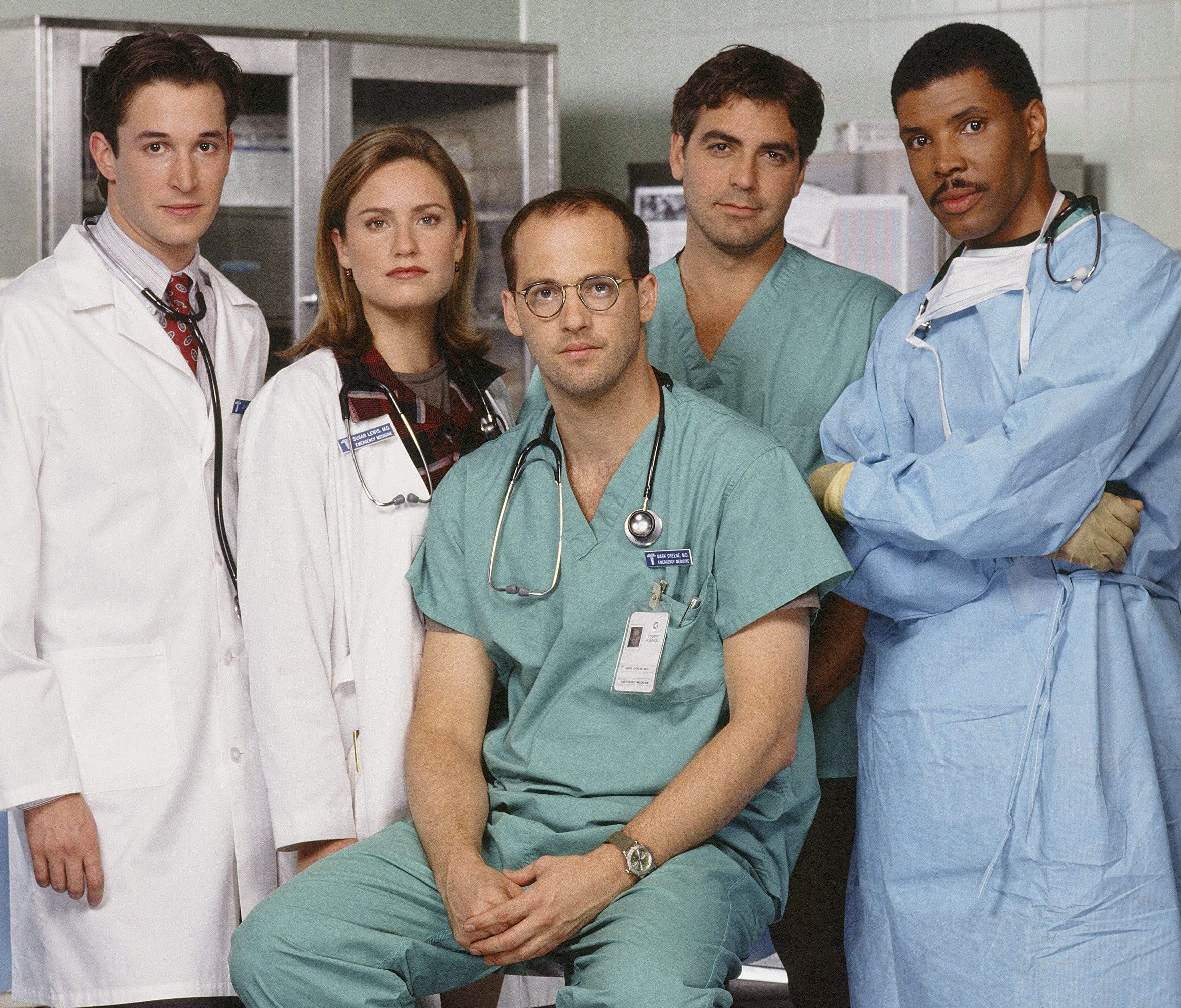
If it feels like the first episode of ER has an extra degree of gritty realism compared to the rest of the show, there’s a reason for that.
[rtk_adunit_top]
In truth, ER’s pilot is the only episode to be filmed on location at a real hospital, which is one good reason why it feels so grounded.
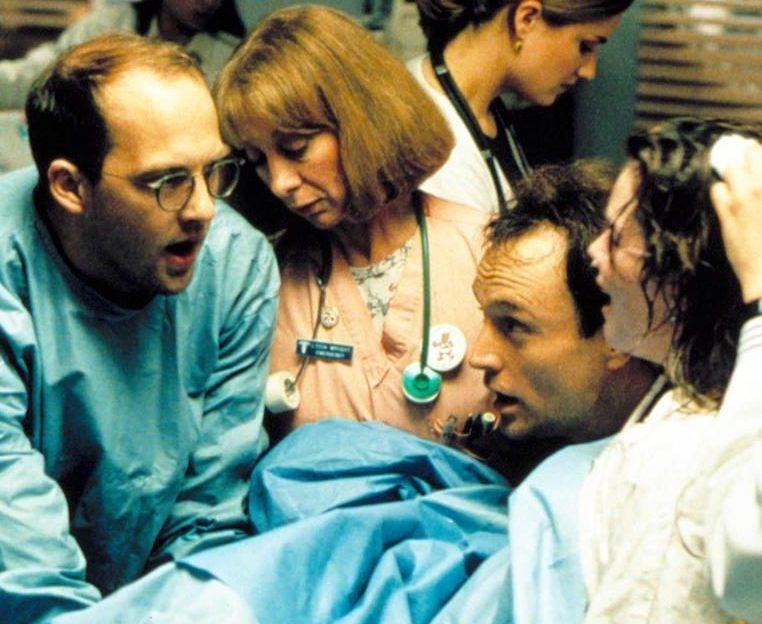
ER’s pilot episode was filmed at the abandoned Linda Vista Community Hospital in Los Angeles, which was operational from 1904 to 1990.
[rtk_adunit_middle]
The other 330 episodes of the show were filmed at Warner Bros. studios, where a replica of Los Angeles County General Hospital’s emergency room was built.
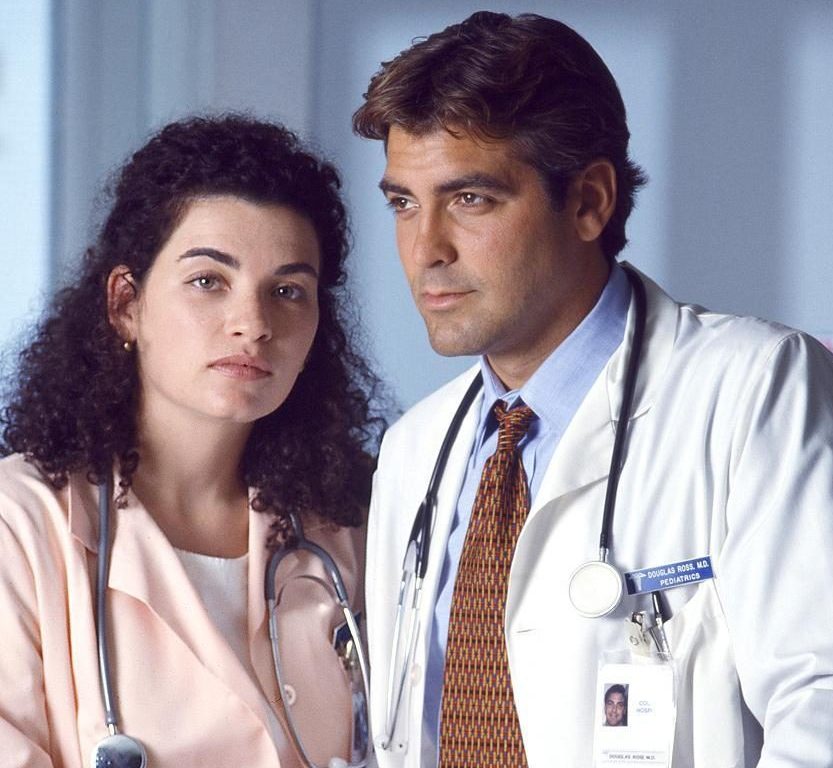
Coincidentally, the abandoned hospital in which the pilot was filmed has a reputation for being haunted, and was disliked by cast members.
[rtk_adunit_bottom]
It was even the subject of an episode of Ghost Adventures, which declared that there were a number of spirits roaming the halls…
15. Noah Wyle filmed an episode whilst suffering from a 104-degree fever
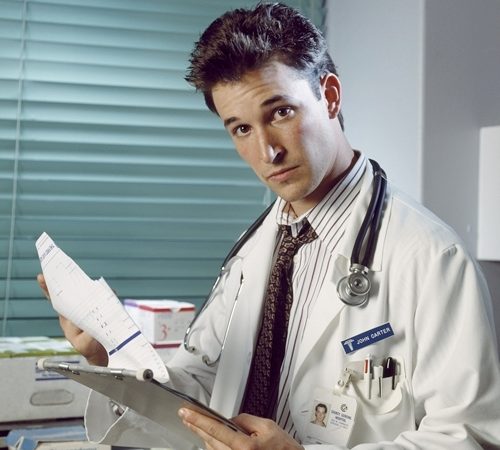
In an unlucky turn of events, ER’s star Noah Wyle fell sick during the filming of season one of the show, and progressively got sicker and sicker with mono.
[rtk_adunit_top]
Despite being deeply unwell, Wyle kept showing up to set, and tried to push through and deliver his lines as best he could.

Eventually it go to the point where, during the episode Love’s Labor Lost, Noah Wyle had to act whilst suffering from a 104-degree fever.
[rtk_adunit_middle]
It was so bad that one of the show’s medical advisers gave Wyle a real saline IV drip, which he kept in his pocket whilst shooting his scenes.
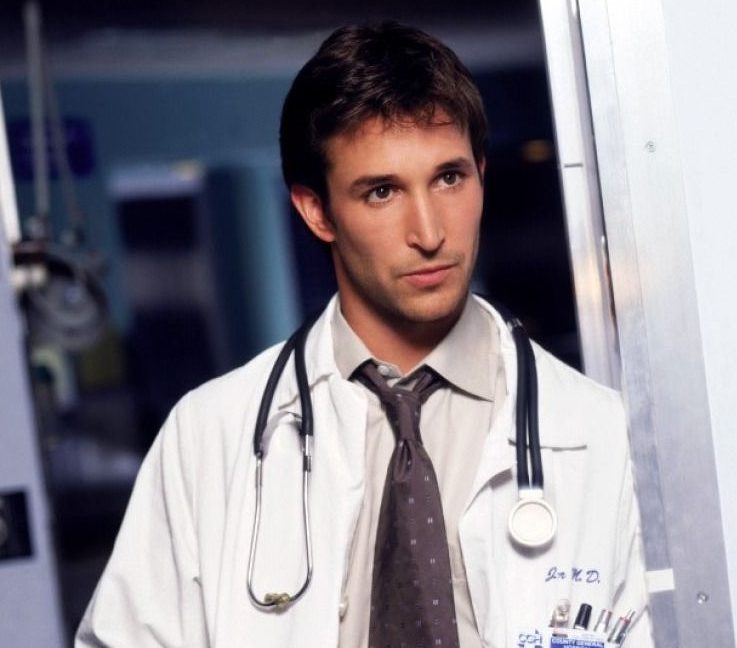
Watch the episode and you’ll see that Wyle is talented enough to disguise the fact that he was severely ill.
[rtk_adunit_bottom]
Still, acting while so uncomfortable can’t have been a fun experience for Wyle, and luckily it didn’t last for the whole second half of season one.
14. George Clooney played practical jokes on the cast and crew all the time
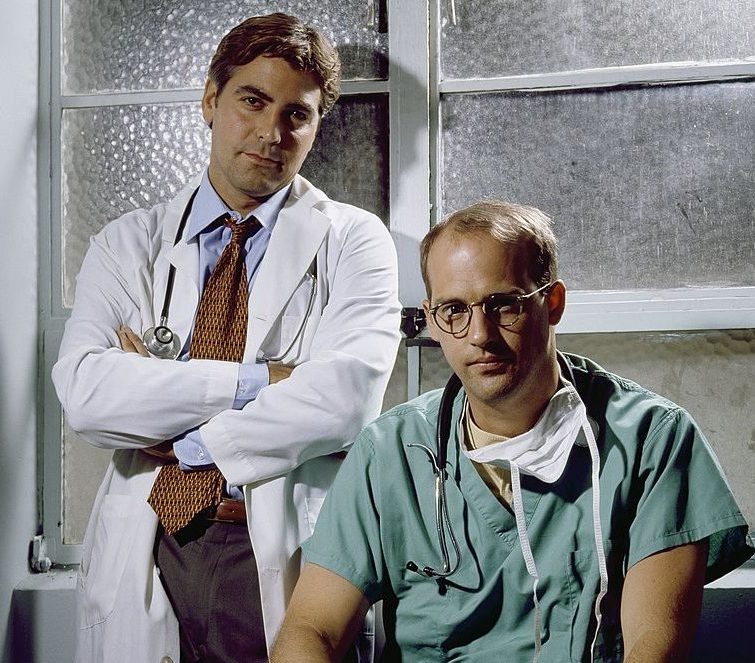
George Clooney became well known for being something of a prankster on the ER set, where he would smear surgical gel on door handles and phones.
[rtk_adunit_top]
“You just hope that George is in the next scene because he’ll keep everybody laughing,” his co-star Anthony Edwards has been quoted as saying.
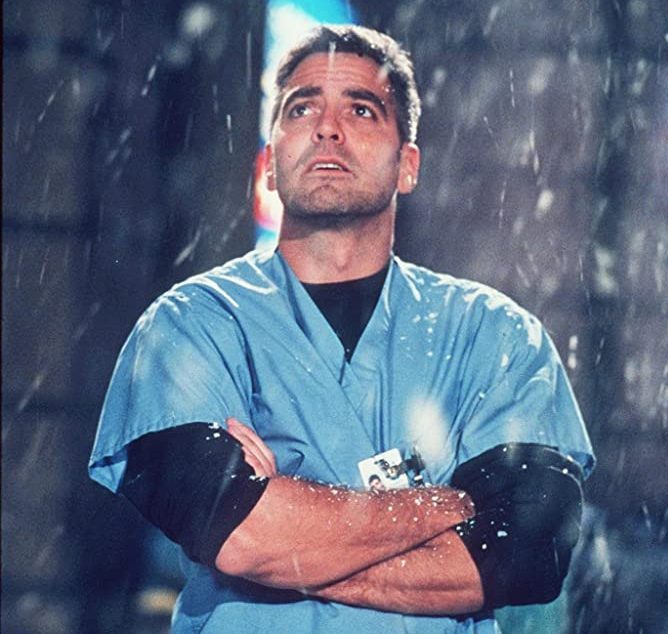
Clooney’s pranking habits have followed him ever since, so much so that he’s even been referred to as Hollywood’s resident prankster.
[rtk_adunit_middle]
Maybe most famously, he filled his co-star Chris O’Donnell’s car to the brim with popcorn while on the set of Batman & Robin (O’Donnell thankfully found it funny).
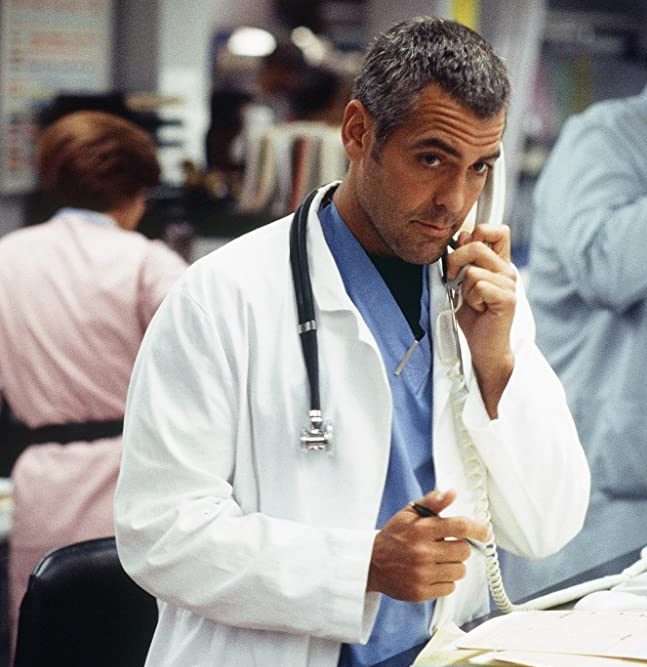
Even before he appeared on ER, Clooney used to prank his roommate by cleaning his cat’s litterbox whenever he was out, making the poor roommate think that his cat was ill.
[rtk_adunit_bottom]
Clooney eventually decided to leave the roommate his own ‘gift’ in the litterbox, making it seem like the cat had been seriously constipated for a long time. Gross.
13. The famous live episode had to be performed twice – once for the East Coast, once for the West
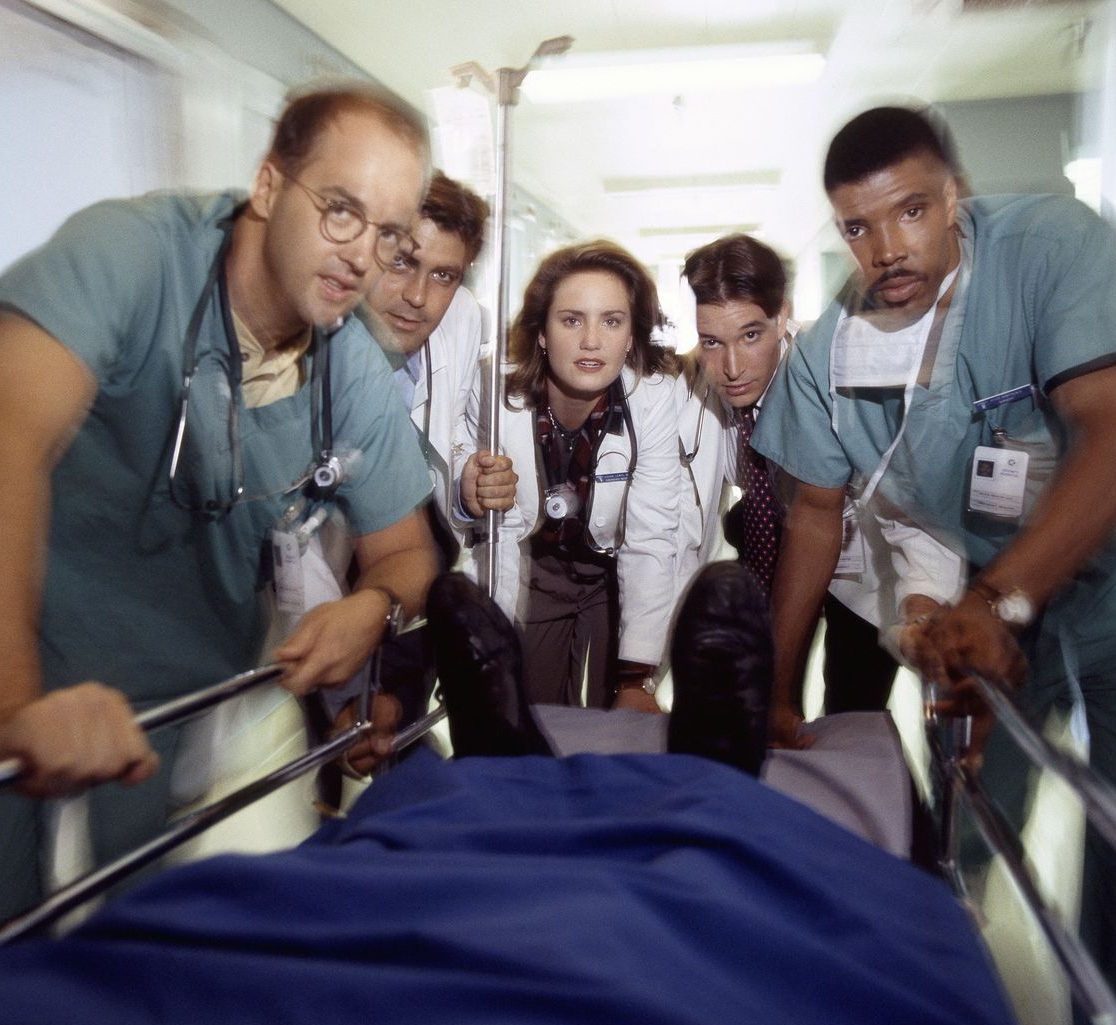
ER fans will remember the show’s famous live episode, an idea that was actually suggested to producers by Anthony Edwards and George Clooney.
[rtk_adunit_top]
Due to the size of the United States, the live episode had to be performed twice, once for the East Coast and once for the West Coast.
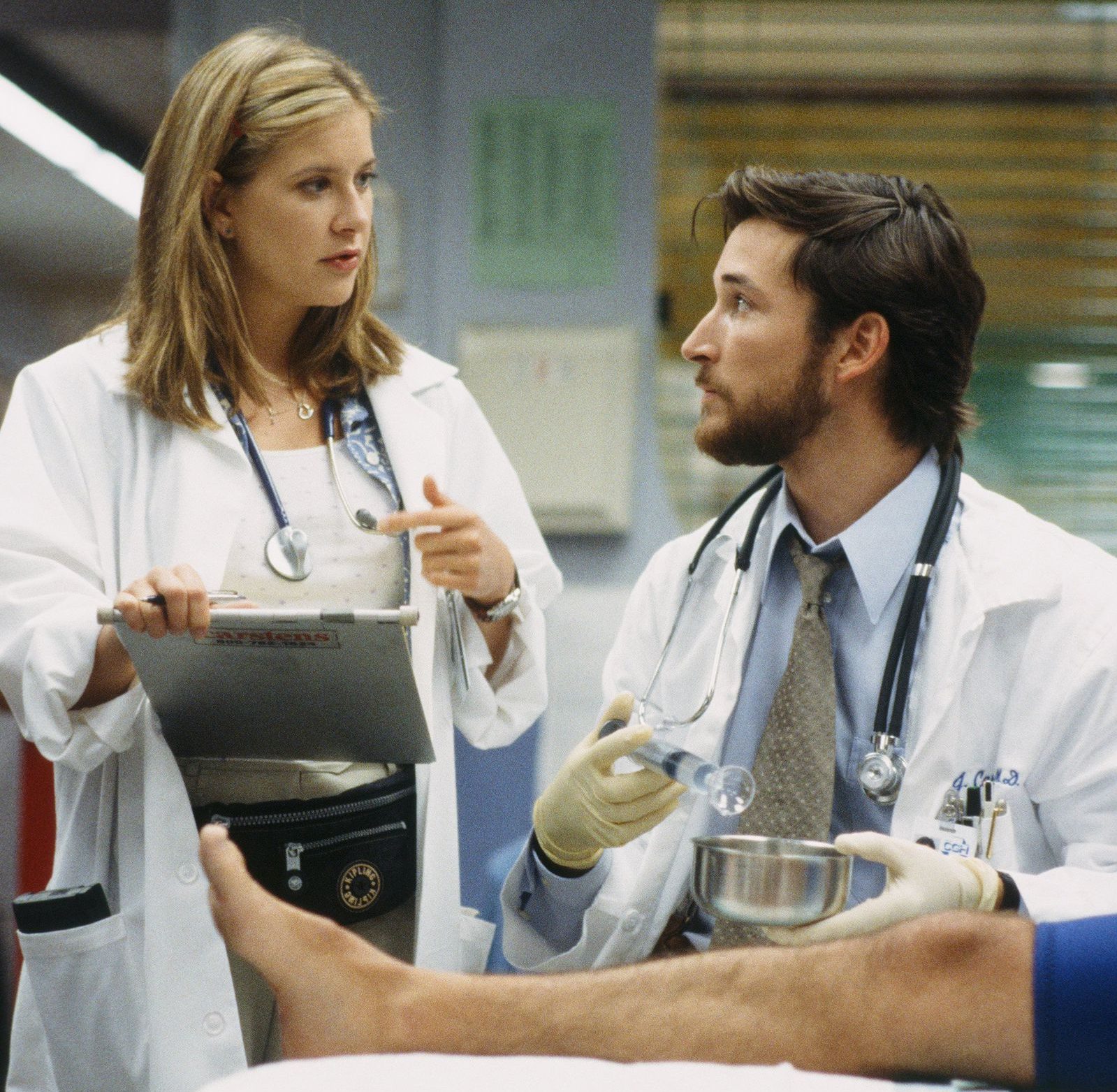
The live episode was a massively hyped television event, with 45 million viewers estimated to have tuned in to watch.
[rtk_adunit_middle]
Unfortunately, the live episode received mixed reviews from both audiences and critics, with one critic branding it “ER for dummies”.

Those who watched each version of the episode will also have noticed that several ‘mistakes’ were actually written into the script.
[rtk_adunit_bottom]
For example, the character of Carol accidentally spills milk in both versions, and the character of Jeanie stumbles over the word ”respiratory” in both as well.
12. Eriq La Salle asked producers to end his on-screen relationship to avoid racist undertones
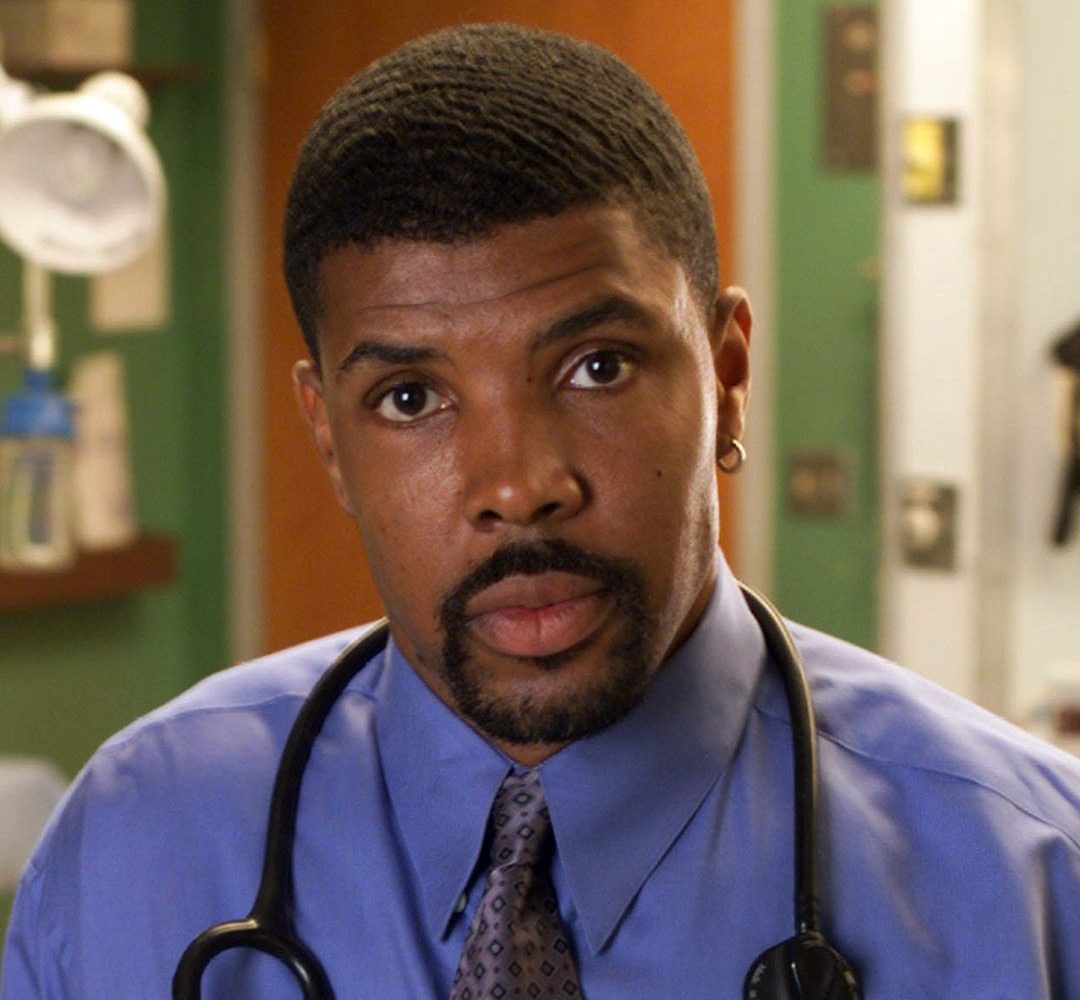
Eriq La Salle, who played Dr Peter Benton throughout ER, had several romantic arcs over the course of the show.
[rtk_adunit_top]
Many of them involved other black characters, such as Benton’s affair with Jeanie Boulet throughout season one, and his rekindling with former girlfriend Carla Reese in season three.
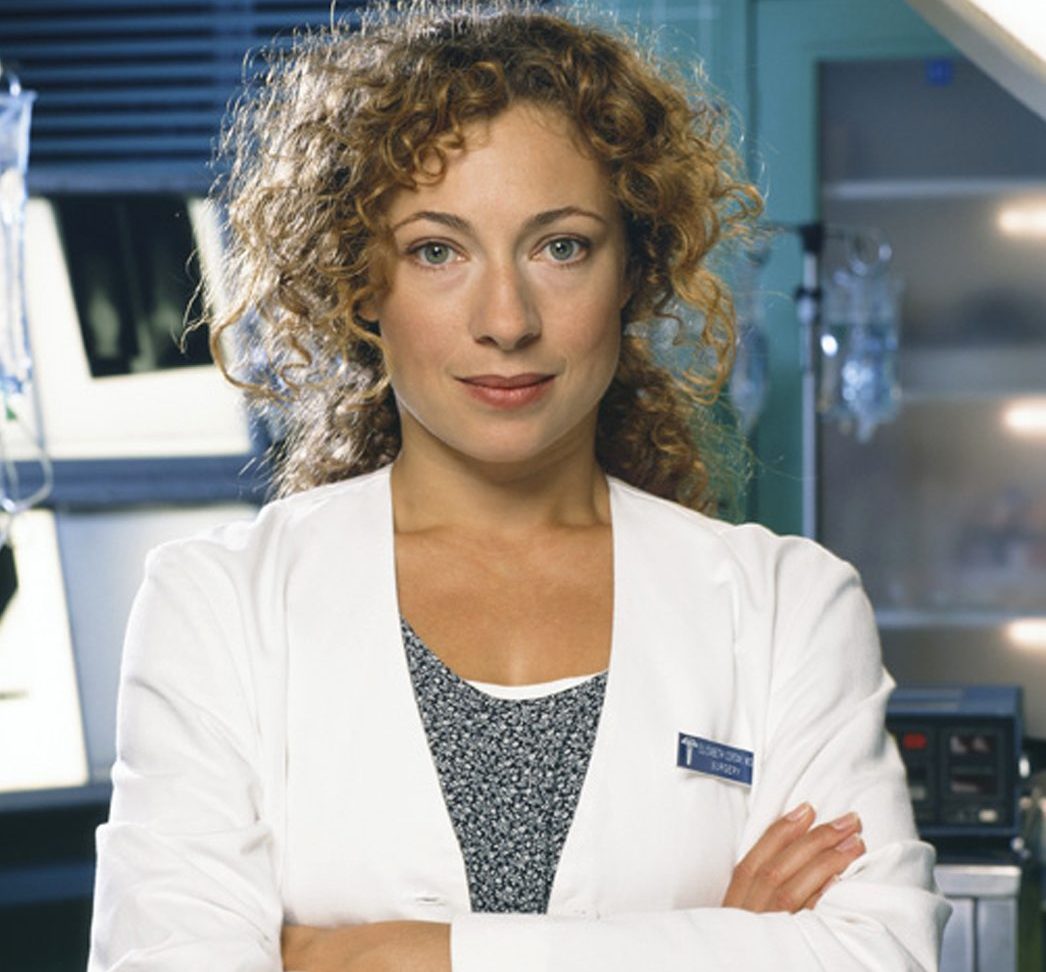
Then, later on in the show, La Salle’s character became involved with Alex Kingston’s Dr Elizabeth Corday.
[rtk_adunit_middle]
The arc did not last to completion, however, as La Salle asked for the relationship to be brought to an end prematurely.
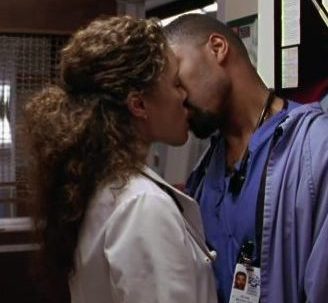
The actor’s reasoning was that it didn’t feel right that all his character’s previous relationships with black women had been filled with conflict and stress.
[rtk_adunit_bottom]
By contrast, Benton’s relationship with Corday was smooth and happy, which La Salle thought might send the wrong message.
11. It unintentionally saved the lives of a number of its viewers
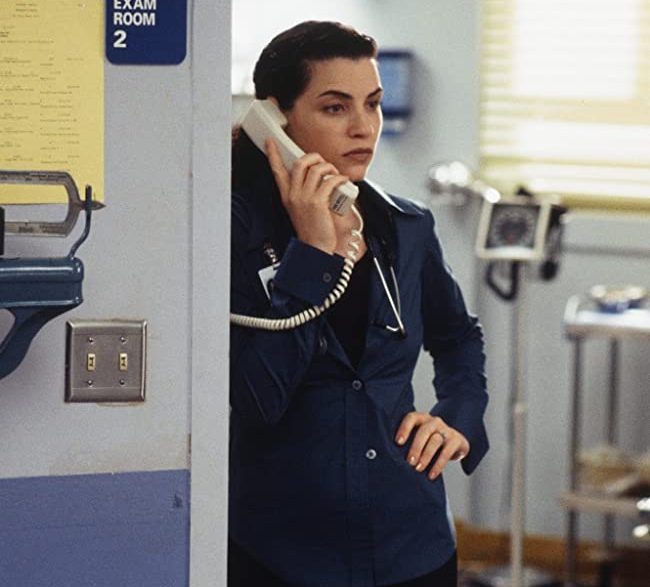
As a general rule, you should never take lessons from television and apply them to real life, especially if the show you are watching is an entirely fictional one.
[rtk_adunit_top]
With that said, the writers of ER took a lot of time making sure the medical advice and procedures shown on-screen were as accurate as they could be.
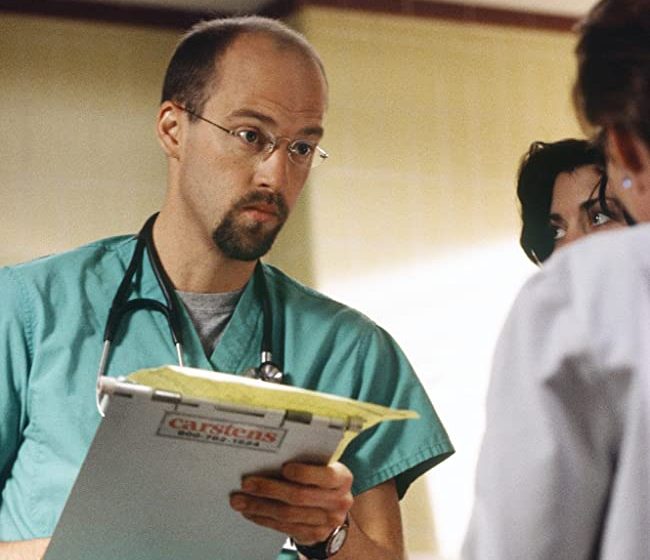
The lengths the writers went to in ensuring this realism actually had a bigger impact than they might have imagined, since the team soon heard stories of the show saving people’s lives.
[rtk_adunit_middle]
Allegedly, producers have files filled with stories of viewers whose lives were saved because of something they (or someone close to them) saw on ER, and which helped them to know what to do in a crisis.
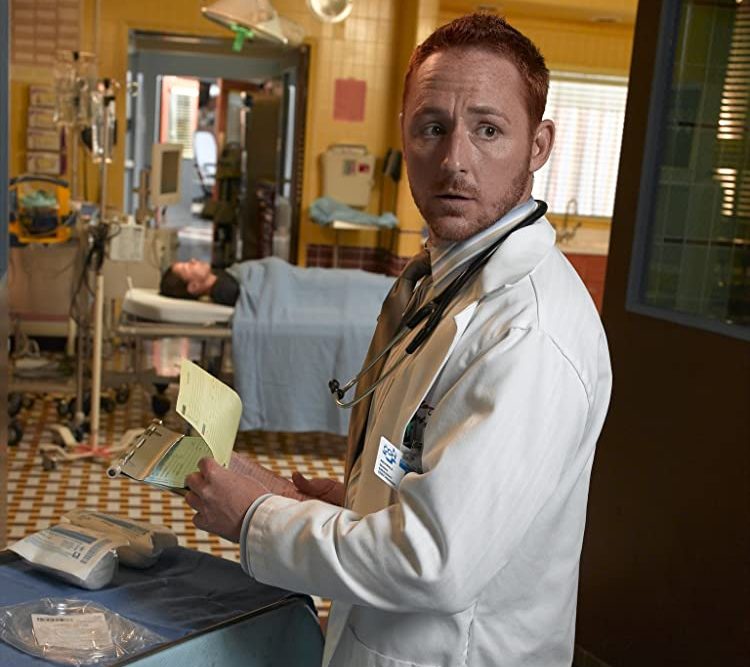
Though no one attempted huge and dramatic life-saving measures as a result of what they’d seen, many viewers did pick up some basic first aid.
[rtk_adunit_bottom]
This helped in emergency situations, with people able to stay calm and do what they could until the experts arrived.
10. The show featured a lot of up-and-coming stars
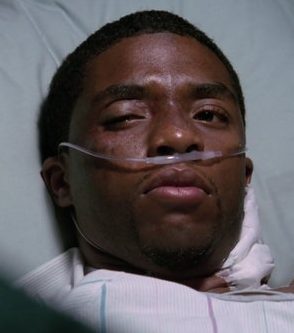
Lots of famous film stars start out as featured extras on TV, before slowly working their way up to one-episode arcs on medical dramas or crime procedurals and, ultimately, the movies.
[rtk_adunit_top]
This made ER a magnet for young actors looking to break into the industry, and some of them became serious stars later on.

Many of today’s household names showed up on ER in the 90s, from Zac Efron to Shia LaBeouf, while Black Panther star Chadwick Boseman featured in a 2008 episode.
[rtk_adunit_middle]
Though most only played patients or the family of patients, some of these future headliners are instantly recognisable, such as Lucy Liu and Ewan McGregor.
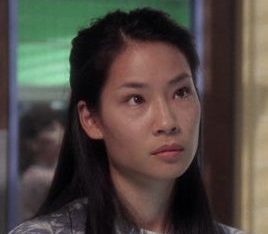
With that said, some actors showed up for bit parts on the programme even if they were already famous and had success in other roles.
[rtk_adunit_bottom]
For example, Kirsten Dunst had already starred in Little Women when she appeared on ER, playing a homeless teenager who befriends Doug Ross.
9. Glenne Headly had to hide her pregnancy while on the show

Actress Glenne Headly had a multi-episode arc on the third season of ER, as pediatric surgeon Dr Abby Keaton.
[rtk_adunit_top]
Throughout Headly’s time on the show, her character most famously had an affair with Dr John Carter, played by Noah Wyle.

Headly was pregnant when she was cast, and was visibly showing by the time she actually appeared on the show.
[rtk_adunit_middle]
As a result, she was asked to wear oversized scrubs, and stand behind tables and desks whenever possible, to hide her bump.
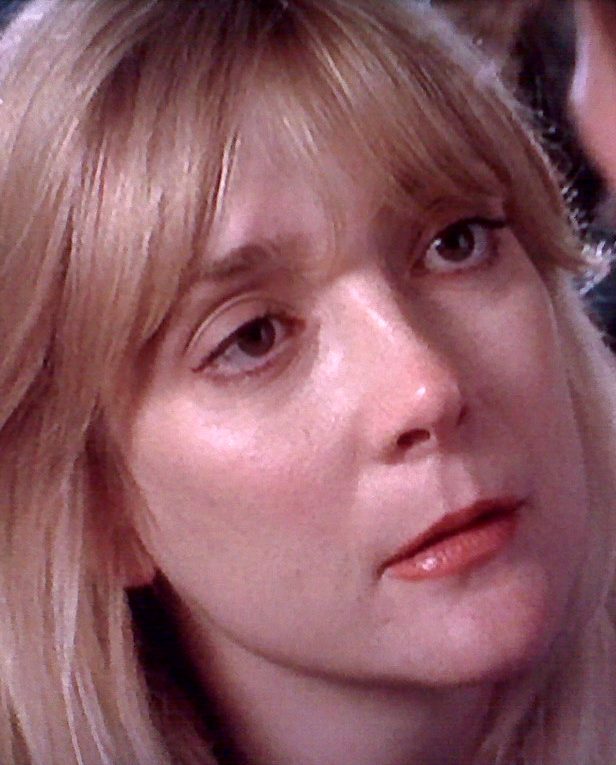
The writers briefly considered making Headly’s pregnancy a part of the plot so she wouldn’t have to hide it, but they quickly decided against that route.
[rtk_adunit_bottom]
The reason was that writers were concerned audiences wouldn’t believe that Carter would have an affair with a pregnant woman.
8. NBC thought viewers wouldn’t be able to follow the medical jargon

Though NBC was quick to acquire the ER concept once it was clear that Spielberg was on board and Crichton had seen immense success, they also had their concerns.
[rtk_adunit_top]
The more the show progressed through the script development phase, the more executives became concerned that audiences wouldn’t be able to follow what was going on.

In particular, they were worried about the fast pace of the plots, and the density of the medical jargon when the doctors talked to each other.
[rtk_adunit_middle]
Producers were concerned that those watching would not have time to figure out what the words meant, and so wouldn’t be able to follow the stakes of the episode.

As it turns out, audiences adored the grounded and slick feel of the fast dialogue, and felt immersed in the world because the actors were talking like real doctors and nurses.
[rtk_adunit_bottom]
The intricate and whirlwind plots also meant every episode was suspenseful and dramatic, another reason people kept on tuning in.
7. The first four episodes all begin the exact same way
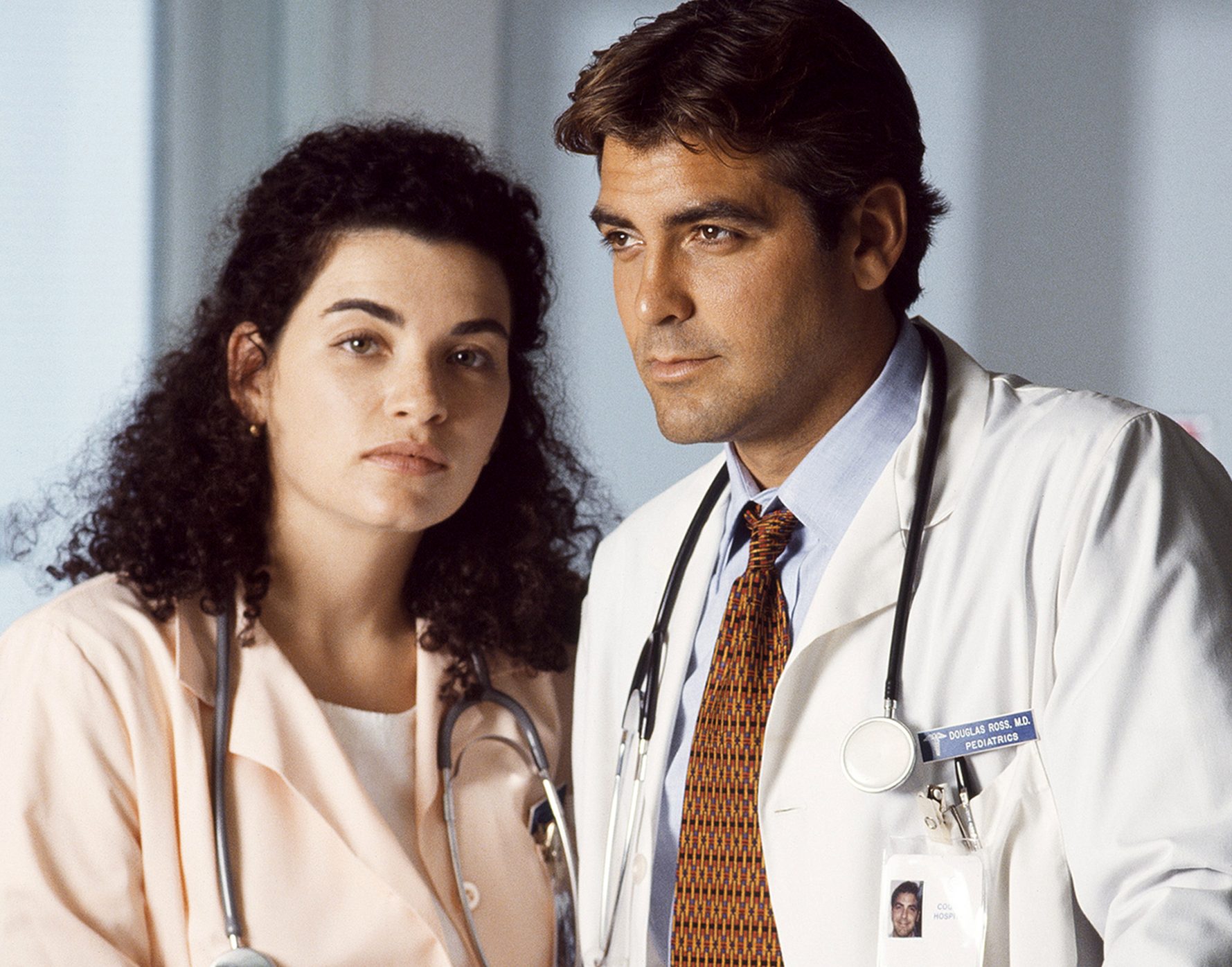
Long-running shows always change and develop as they progress, with sometimes key aspects of the show being lost as the focus changes.
[rtk_adunit_top]
With that said, it is unusual for a convention to be established in a TV show, only for it to be dropped less than five episodes later.
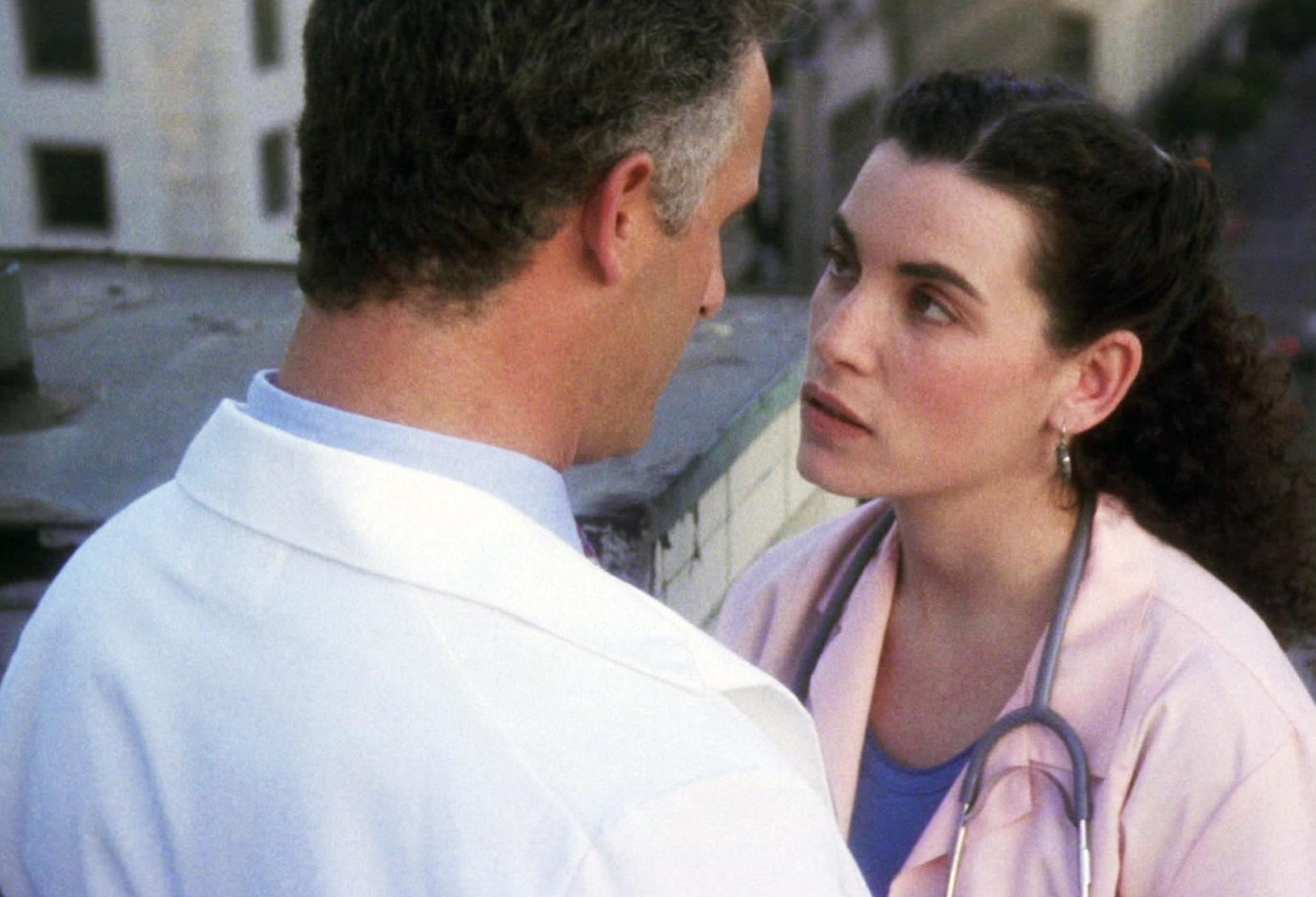
As uncommon as that might be, this is exactly what happened with ER, which started each of its first four episodes exactly the same way.
[rtk_adunit_middle]
Until the fifth episode, each one opened with a different core member of the ER cast sleeping in exam room eight, until they are woken and told there is a patient on the way.

This was abruptly dropped in the fifth episode, after most of the core characters of the show had been found sleeping there.
[rtk_adunit_bottom]
However, George Clooney’s character Doug Ross never got the opportunity to open an episode by napping, and didn’t sleep in exam room eight once throughout the show.
6. Noah Wyle refused one of his character’s romantic arcs
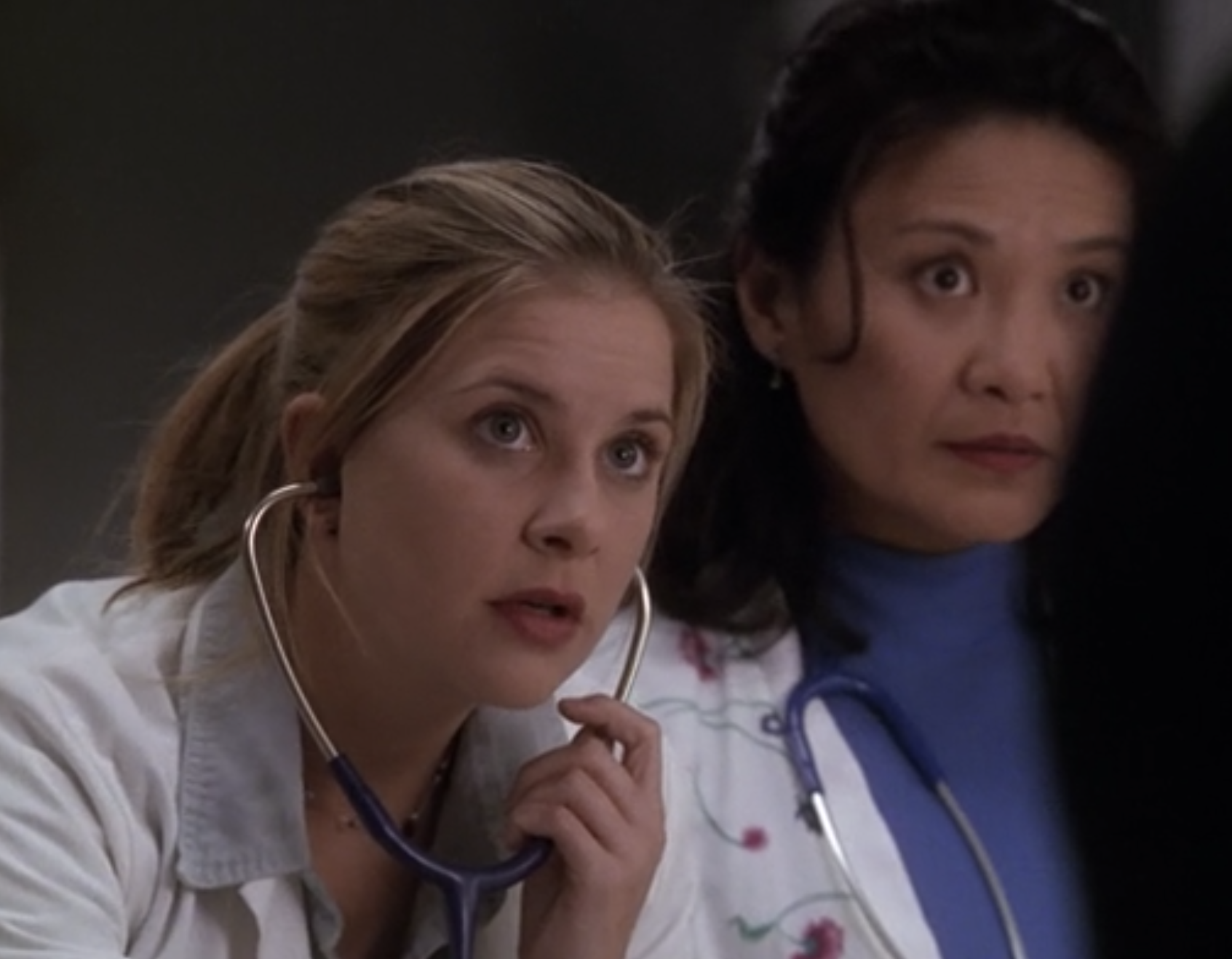
We know that Eriq La Salle asked for one of his character’s relationship arcs to be brought to an early end, but he wasn’t the only one.
[rtk_adunit_top]
Noah Wyle also told writers that he refused a romantic pairing that they had planned for his character, and he ended the arc before it even began.
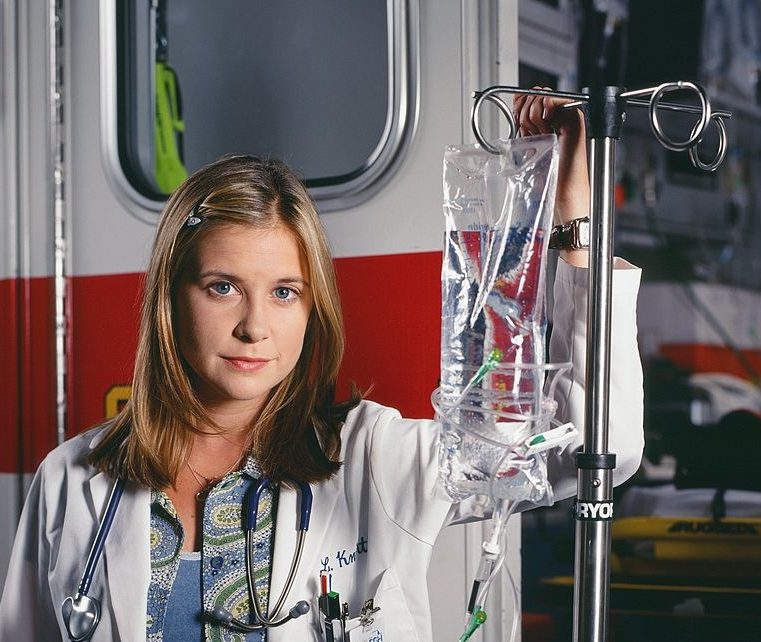
The proposed pairing in question was Dr Carter with Lucy Knight, a medical student who appeared on the show in seasons five and six.
[rtk_adunit_middle]
Carter had pursued romances with his coworkers before, but Wyle immediately vetoed the idea of this particular pairing.

His reasoning was that his character would never pursue a relationship with a character who is technically a subordinate.
[rtk_adunit_bottom]
The pairing would be too unprofessional, in Wyle’s opinion, and would cross a line that he knew his character would never cross.
5. Chicago Hope began just a day before ER premiered
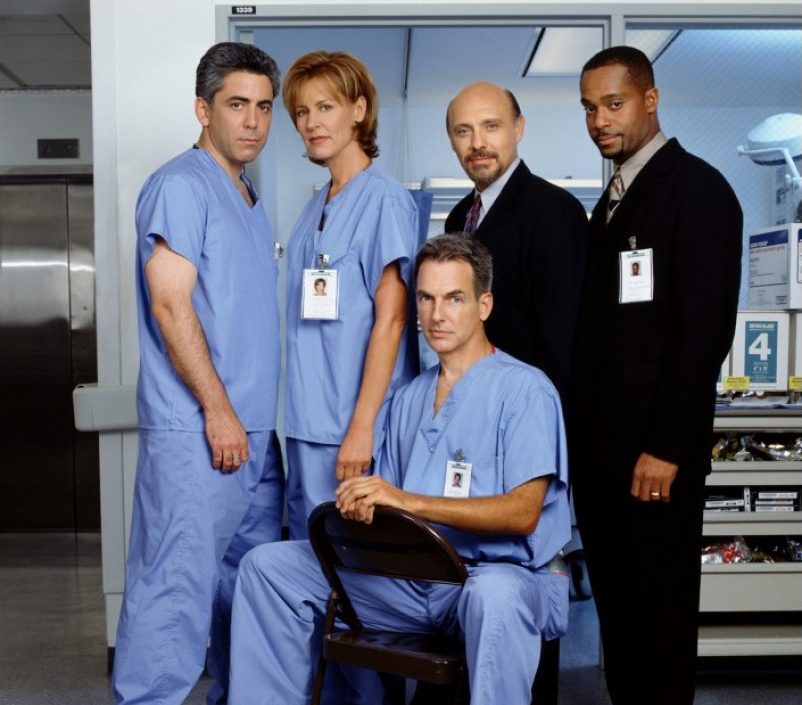
Medical dramas are not exactly hard to come by on TV, so it’s not surprising that ER was in competition with other shows that had similar premises.
[rtk_adunit_top]
What is surprising is that ER had a direct rival, which featured similar plots and characters and actually premiered just one day before it.
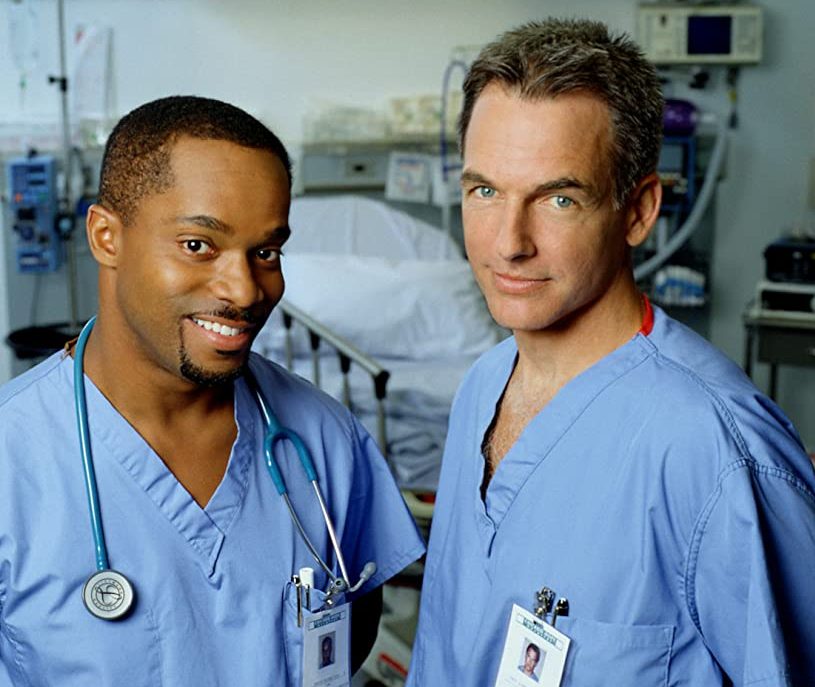
ER might have been on NBC while Chicago Hope was on CBS, but the two ended up in direct competition when they both began airing at 10 PM on Thursday nights.
[rtk_adunit_middle]
ER consistently scored better ratings, and was the only show of the two to win an Emmy for Best Drama Series.
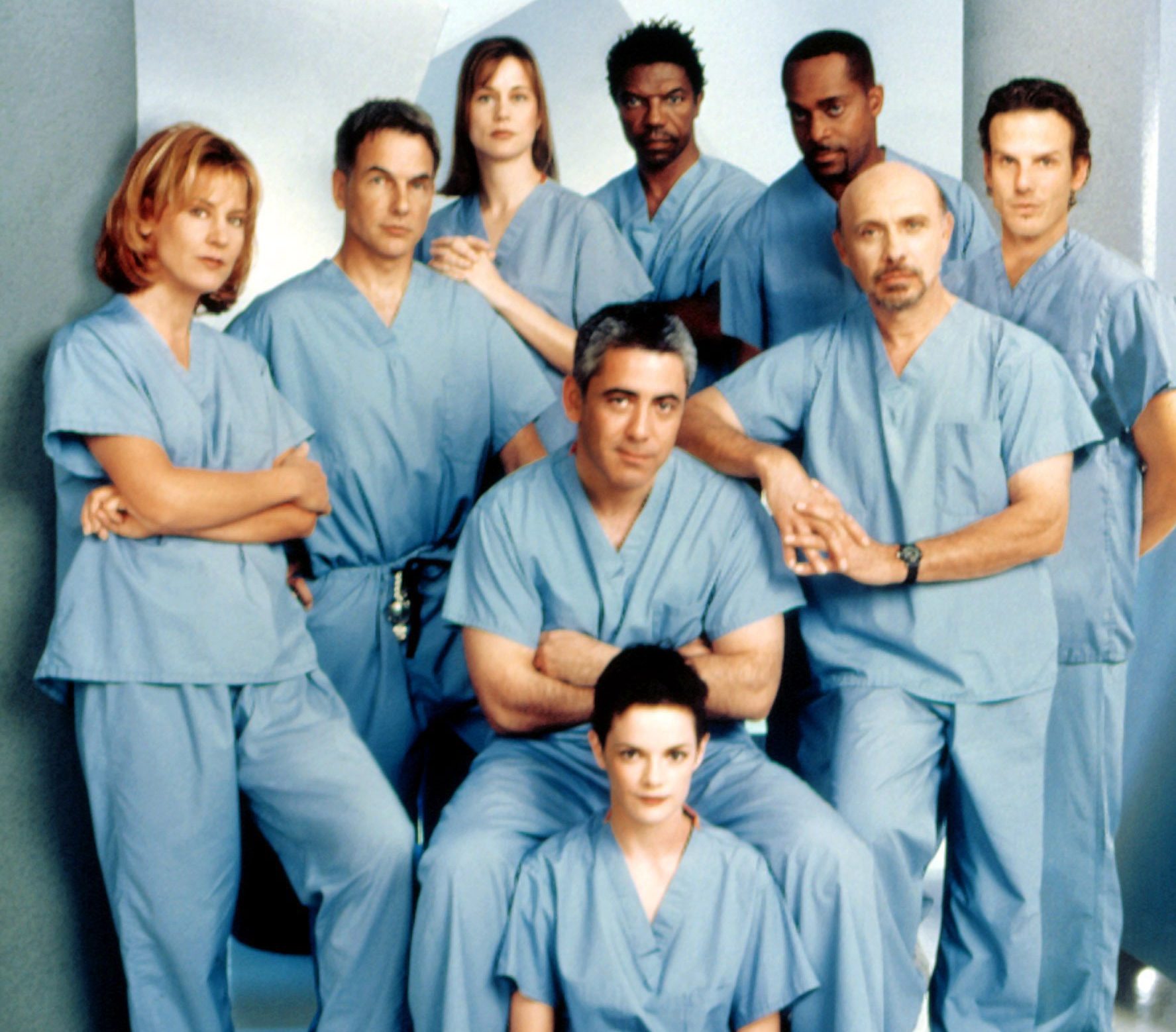
With that said, Chicago Hope ended up earning more Emmys for its actors, and also had a fervent and dedicated fanbase.
[rtk_adunit_bottom]
Everyone will have their own favourite, but it speaks for itself that ER ran for 15 seasons while Chicago Hope only ran for six.
4. George Clooney had a ‘trick’ for remembering his lines

George Clooney’s performance on ER might have his signature effortless charm, but that doesn’t mean he wasn’t always working hard.
[rtk_adunit_top]
ER was actually a fairly difficult show to work on, due to the high level of medical jargon and complicated, fast-paced dialogue.

All the actors came up with their own strategies for coping with the deluge of complicated language, but Clooney’s might be the most ingenious.
[rtk_adunit_middle]
If you ever noticed Doug glancing down at charts, holding a clipboard or reading in any other capacity, then you’ve accidentally discovered Clooney’s technique.

That’s right, Clooney would write his lines down on the many charts and pieces of paper he carried with him as Dr Ross.
[rtk_adunit_bottom]
It was originally a strategy for Clooney to cope while he was filming ER and working on movies at the same time, but it was soon embraced by other cast members as well.
3. The last season echoes the first in numerous ways
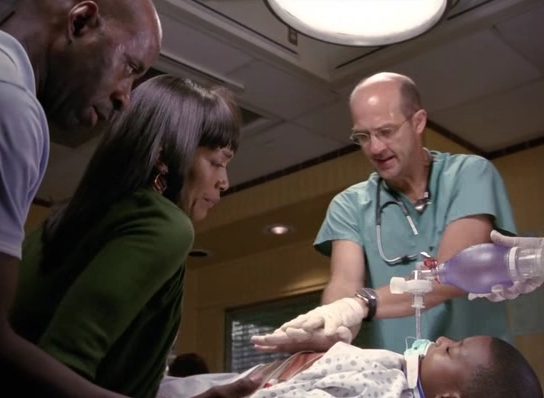
A lot changed over the course of ER’s 15 seasons, but the final series included a lot of elements that referenced where the show began.
[rtk_adunit_top]
Most importantly, the entire core cast returned to be there for the show’s final episodes, despite many of them having left seasons before.

Anthony Edwards, Noah Wyle, George Clooney, Eriq La Salle, Sherry Stringfield and Julianna Margulies all appeared in season 15, even if they couldn’t stick around for very long.
[rtk_adunit_middle]
The other biggest way in which the last episode echoed the first is the dialogue, specifically regarding Dr Greene.
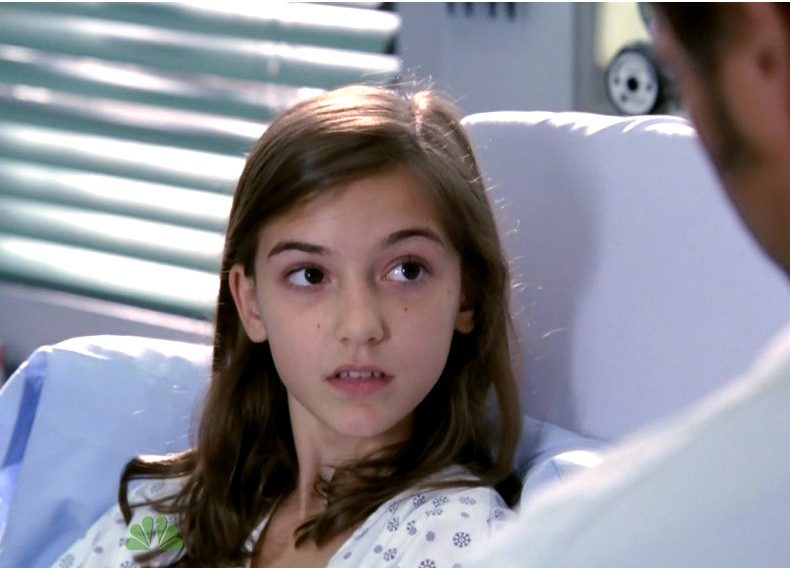
The words ‘Dr Greene’ ended up being both the first and the last line spoken in ER, although they actually referred to different characters each time.
[rtk_adunit_bottom]
In the beginning, the Dr Greene in question was Mark Greene, while in the last episode it is his daughter, Rachel Greene, that is being addressed.
2. It famously crossed over with Friends
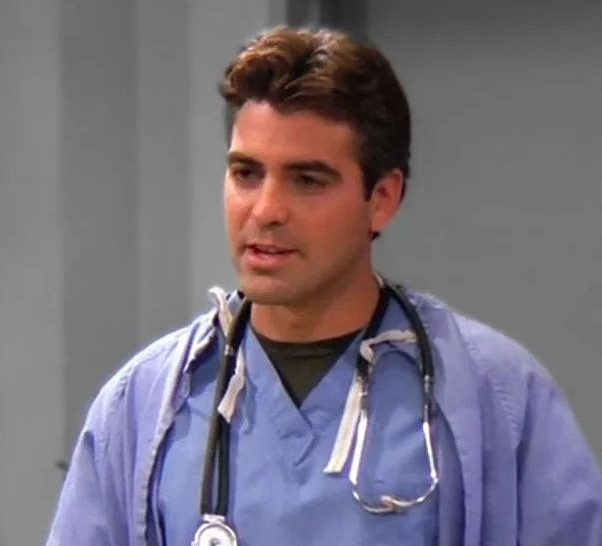
Not many shows can claim to have the impact and longevity that ER has had, but one of the few that can is Friends.
[rtk_adunit_top]
Therefore, it’s not too surprising that ER and Friends had a number of quasi-crossovers, even if they never did anything that could be considered canon.
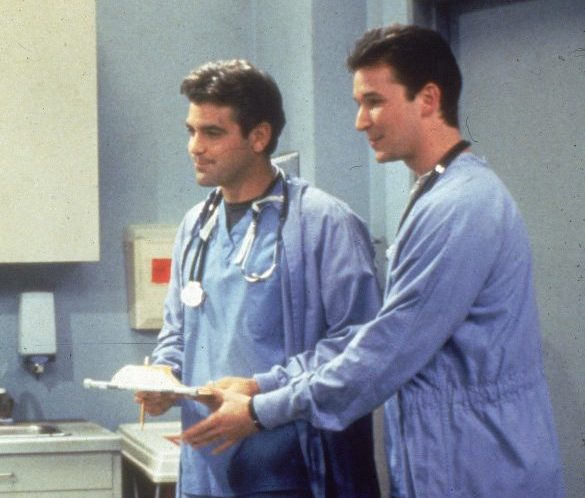
Both shows appeared on NBC on Thursday nights, which is why it was arranged that George Clooney and Noah Wyle would both appear on Friends, playing doctors.
[rtk_adunit_middle]
They aren’t playing the same characters, since ER is set in Chicago while Friends is set in New York, but it was a fun Easter egg for fans.
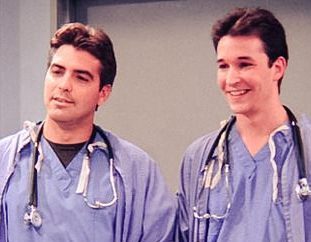
In another cute reference, Dr Mark Greene’s daughter is named Rachel, meaning her name is one letter away from the beloved Friends character Rachel Green.
[rtk_adunit_bottom]
Not only that, but David Schwimmer, who plays Ross on Friends, also played a doctor on ER, even if his face was never seen.
1. Laura Innes’ fake ER injury caused her real medical problems
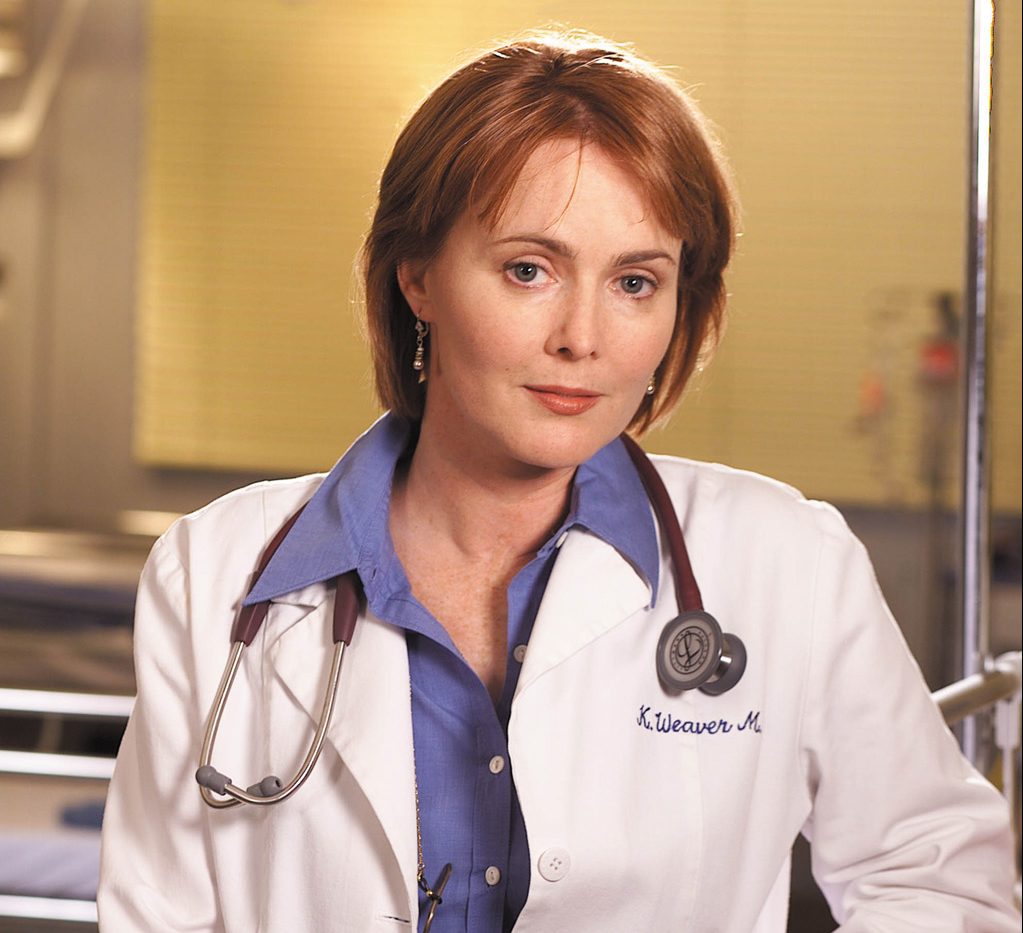
Laura Innes’ role in ER was characterised by her having congenital hip dysplasia, which caused her to walk with a limp.
[rtk_adunit_top]
In season 11 however, her character Dr Kerry Weaver has surgery to correct it, and following her recovery she no longer limps.
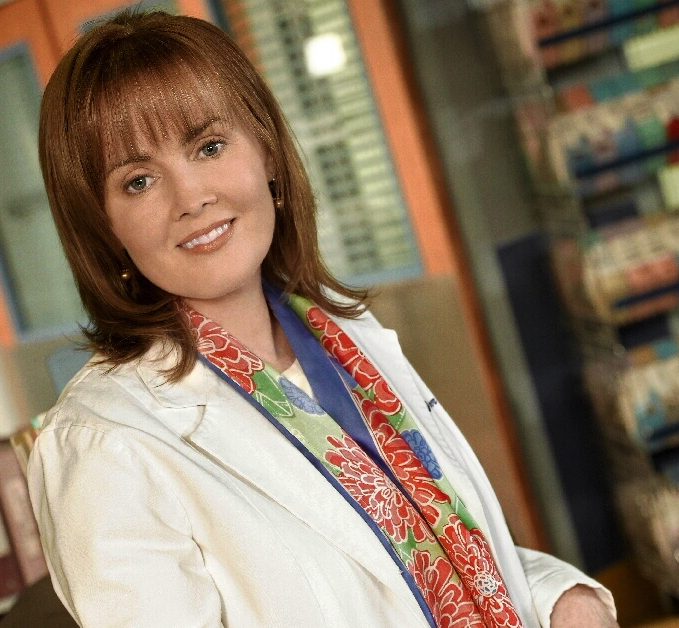
The reason for this is that a full decade of faking a limp had actually begun to damage Innes’ body in real life.
[rtk_adunit_middle]
An X-ray of Innes’ back showed that her spine was beginning to curve, as a result of her constantly raising her hip to feign the injury.
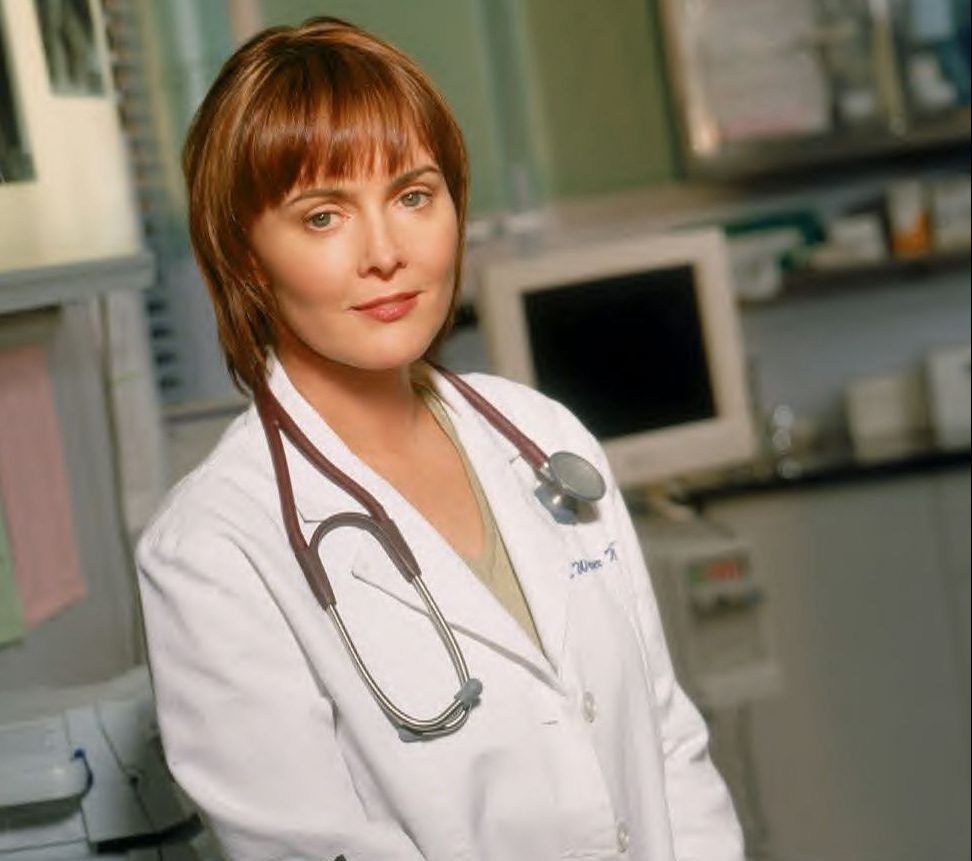
In addition to this, Innes was dealing with very real back pain as a consequence of playing the character, and so the change became necessary to prevent lasting damage.
[rtk_adunit_end]

